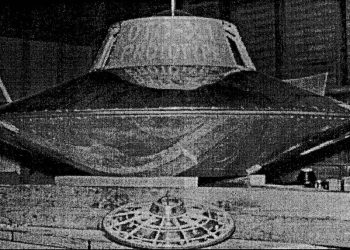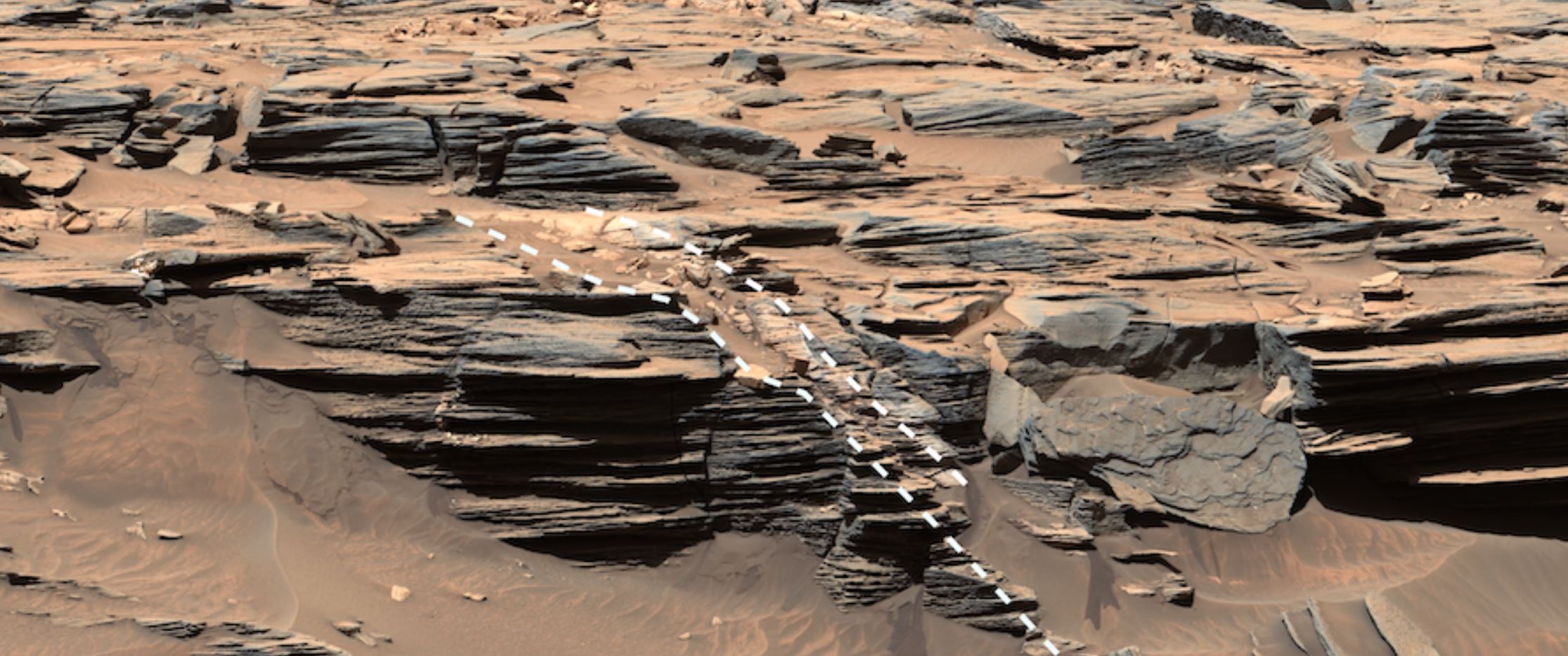As our world faces rising temperatures, unpredictable weather, and ever-increasing sea levels, (not to mention monstrous hurricanes) it’s tempting to believe that these challenges are unique to our time.
But history tells us otherwise. The story of Nan Madol, an ancient city on the Pacific island of Pohnpei, reveals that climate change is not a new adversary. According to recent research, environmental upheaval played a pivotal role in the collapse of Pohnpei’s ruling dynasty—the Saudeleurs—and forever altered the island’s course.
A Civilization Lost in the Pacific
Located between Honolulu and Manila, Pohnpei is part of the Federated States of Micronesia and is roughly the size of Philadelphia. Today, its economy relies on subsistence farming and financial aid, but a thousand years ago, it was home to one of the Pacific’s most impressive civilizations.
In the 10th century, the Saudeleur dynasty unified the island and began constructing the city of Nan Madol, a sprawling complex of artificial islets made of basalt and coral, connected by a network of canals. It was a thriving hub of religious, political, and cultural life, marked by monumental architecture.
However, by the early 15th century, the city was abandoned, its once-vibrant structures left to the elements. The ruins that remain today are semi-submerged in the shallow waters surrounding Temwen Island, a ghostly reminder of what once was.
What Happened to Nan Madol?
The abandonment of Nan Madol coincided with the onset of the Little Ice Age, a period of rapid cooling and lower sea levels that dramatically reshaped the Pacific region. As one study notes, this “1300 Event” caused food shortages and widespread environmental stress across many Pacific societies.
For the people of Pohnpei, this cooling likely created immense strain. Crops failed, resources dwindled, and maintaining the extensive city infrastructure became a Sisyphean task. A team of researchers, using uranium-thorium and carbon dating, analyzed hundreds of samples from the site and linked the timeline of Nan Madol’s construction and abandonment to natural events like the El Niño–Southern Oscillation (ENSO), a climate pattern known for causing drastic sea-level changes, droughts, and storms.
The research suggests that as ENSO events became more frequent, the people of Nan Madol found themselves locked in a cycle of constant repair. While their efforts to build protective structures against the relentless forces of nature were impressive, they were ultimately unsustainable. The combination of subsidence (gradual sinking) and devastating climate events may have led to the collapse of the ruling system and the eventual abandonment of the city.
A Grim Warning for Our Future
The fall of Nan Madol offers a sobering parallel to the challenges facing island nations—and indeed the world—today. As global warming accelerates, many communities, particularly in coastal regions, face a dilemma: invest in climate mitigation efforts or abandon their homes altogether.
The parallels to the present are chilling. We’ve already seen Pacific villages vanish beneath rising seas and witnessed an increase in climate refugees. Researchers warn that if current trends continue, more islands will disappear, forcing populations to migrate. We see monstrous hurricanes like Milton, that recently caused widespread destruction across Florida.
Nan Madol’s collapse shows us the real consequences of environmental change. It’s a lesson we can’t afford to overlook as we face similar challenges today. What we decide to do now will shape whether we repeat their fate or find a better way to protect our future.











